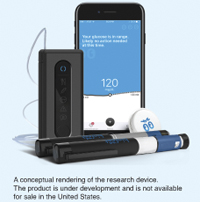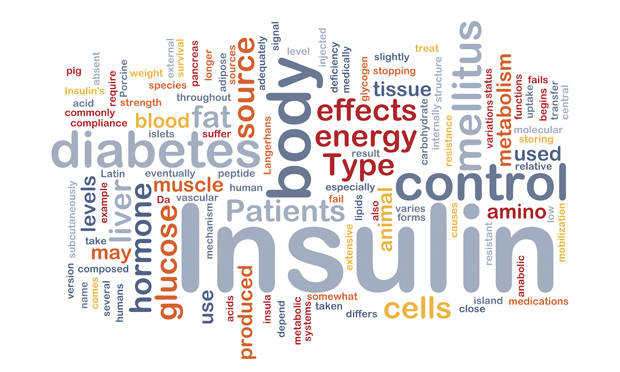For individuals with Type 1 or insulin-requiring Type 2 diabetes, new technology may offer something they desperately need, but is now nigh impossible: the ability to maintain ideal blood glucose levels all day, every day.

One problem is that glucose levels can fluctuate minute by minute, but patients only measure blood glucose levels a few times a day. A second issue is that patients must then use the rather loose parameters provided by their physician to figure out how much glucose modulating insulin they need at any given time. “It’s an extremely challenging process wherein individuals from all walks of life, different educational backgrounds, and socioeconomic positions are faced with the same challenge of delivering what is a potentially lethal drug to themselves multiple times a day—in the right amounts and at the right times,” says Bryan Mazlish, chief product officer at Bigfoot Biomedical of Milpitas, California (Figure 1: Photo courtesy of Bigfoot Biomedical).

Bigfoot Biomedical’s investigational
device ecosystem
Mazlish along with Jeffrey Brewer, who both have sons with Type 1 diabetes, cofounded Bigfoot Biomedical in 2014 to create a simple and accessible insulin delivery and dosing system that takes some of the uncertainties out of diabetes management (Figure 2: Image courtesy of Bigfoot Biomedical). Mazlish previously held a job in quantitative finance, where he developed automated predictive stock-trading algorithms, but he now develops algorithms to predict glucose levels. Brewer, who previously founded two other technology start-ups, is the former chief executive officer of the Juvenile Diabetes Research Foundation.
The technology the two are developing is a combination of four key parts:
- a company-developed algorithm that incorporates artificial intelligence (AI) and machine learning
- a simple-to-use smartphone app
- a groundbreaking no-finger-stick glucose-monitoring technology, called FreeStyle Libre, obtained through a licensing agreement with Abbott Diabetes Care, Inc., of Alameda, California
- a Bluetooth-enabled insulin pump that Bigfoot Biomedical acquired from the now-defunct Asante Solutions of Milpitas, California.
The system is designed to roll together consistent data about a patient’s glucose levels, insulin dosing, and food intake and then calculate just how much insulin the pump should deliver to keep glucose levels within the all-important target range, while providing clear and concise feedback to the user.
“Every moment, this system is constantly evaluating and predicting what your glucose is going to do and trying to take action in advance to keep you as safe and as in control as possible,” Mazlish explains. “In most situations, the system will be able to do that with only the most minimal input from the user (the user must report when he or she is eating). In those situations where it isn’t able to manage glucose levels itself, the system will let the patients know that there is a need for them to intervene in some capacity.”
This automated system is in its final stages of development, and, as that work proceeds, the company acquired London-based biotech company Patients Pending Ltd. and its insulin pen technology in June 2017. Used in lieu of an insulin pump, an insulin pen is a prefilled injection cartridge that a patient employs to inject insulin manually. “What we are developing is a durable pen cap that can capture how much insulin has left the reservoir (on each use) and thereby determine how much insulin was injected. Then, we’ll leverage the same AI and machine-learning algorithms we’re using with the pump-based product,” Mazlish says. “It obviously won’t be able to automatically adjust your insulin up or down, but it will meaningfully inform the patient’s therapy on an ongoing basis.”
Mazlish anticipates that pivotal trials for the pump-based system will begin this year, followed closely by trials for the dose-capture pen cap, and that both will be on the market sometime in 2020. He adds, “These are incredibly powerful tools that are more effective and more robust solutions than the existing standards of care, and we are very excited about them.”



